Is multi-colour correcting the new contouring?
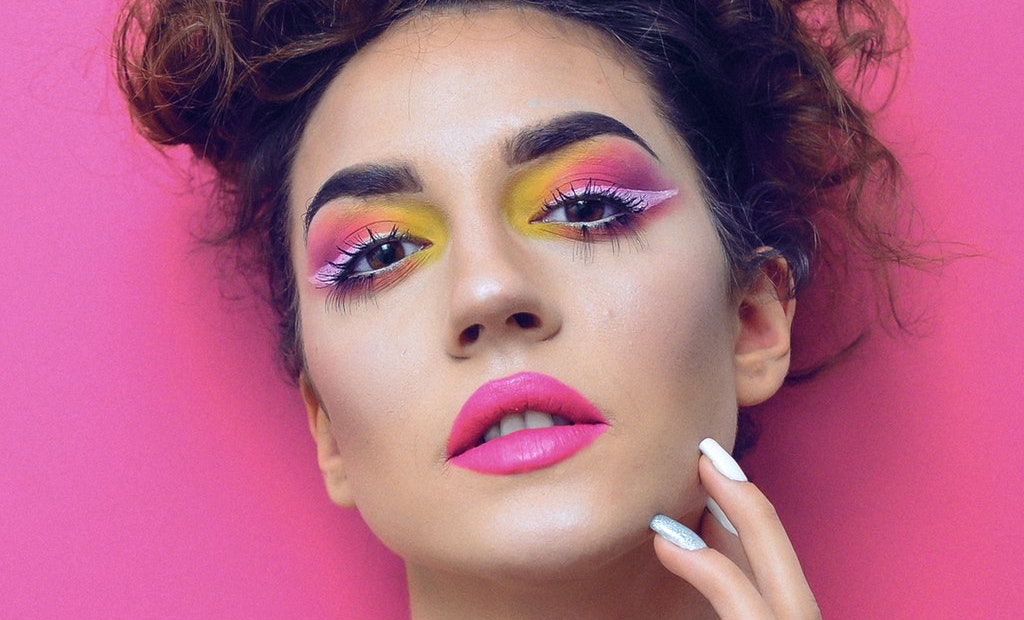
Just as we‘ve finally managed to get the hang of Kim K-style contouring, the internet throws us an even more complicated way to fix up our faces. It’s called multi-colour correcting, and it’s the latest makeup trend taking Instagram by storm.
In an attempt to explain the baffling technique to us mere mortals, beauty YouTubers Tiana Cosmetic and Nicol Concilio have both created a tutorial using the NYX Colour Correcting Kit. Using the pastel-coloured palette, they paint apparently random patterns on to their faces before blending them together and finishing with their regular concealer, thus creating an utterly flawless complexion. It may look like some magic, but there’s a scientific method behind multi-colour correcting – and once you get it, the whole thing actually makes sense.
This seemingly crazy technique works because of a little thing called colour theory. We all know how hard it is to cover certain blemishes – slapping gloops of flesh-coloured concealer over your acne scars won’t help, for example, because the redness will still show through. The trick is not to simply attempt to cover these different tones, but to neutralise them – and that’s the theory behind multi-colour correcting.
It’s not as complicated as it initially looks. Quick art lessons – if you look at a colour wheel, colours directly across from each other are opposites, and each will neutralise the other. For example: green is opposite red on the colour wheel, so a pale green concealer will effectively neutralise redness caused by conditions such as acne, scars or rosacea.
Purple, meanwhile, sits opposite yellow, so a lavender-toned concealer is perfect if your skin is prone to sallowness, or you want to cool down a warm-toned foundation. This works the other way, too – if you suffer from purplish under-eye circles, a yellow concealer will do a great job in eliminating them. Simply apply under your eyes, blend, and cover with your normal concealer for an instantly brightened appearance.
If you have tanned or olive-toned skin, your under-eye circles might be greenish rather than purple, in which case you’ll need a salmon pink concealer. As it’s opposite green and blue on the colour wheel, pale pink can also work well as a highlighter on almost any skin tone – simply apply to the cheek and brow bones to illuminate your features.
In each of their tutorials, Tiana Cosmetic and Nicol Cocilio highlight that their pretty drastic colour-correcting experiment was just a fun way for them to demonstrate how the method can be used, and not something that they would do every day. It probably is a bit much for the time-pressed and the less-than-artistic to go through every single morning, but if you have a particular problem area that you want to tackle, there’s no harm in experimenting.
Grace Cain


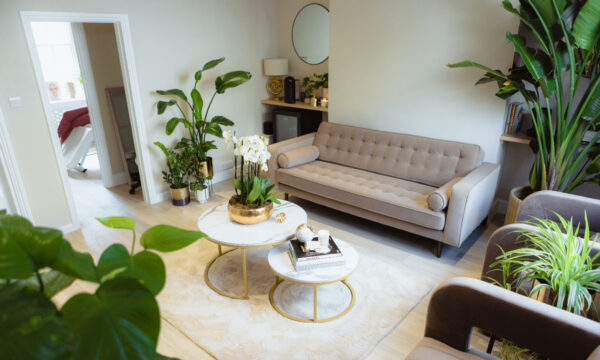
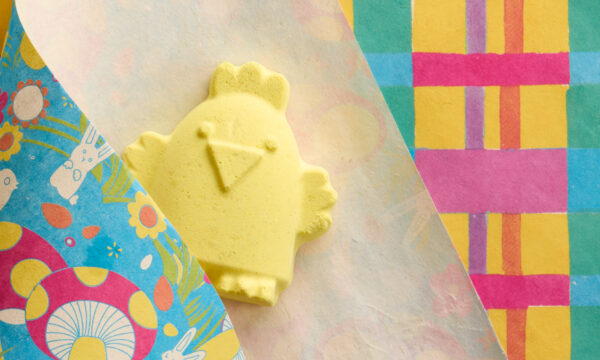
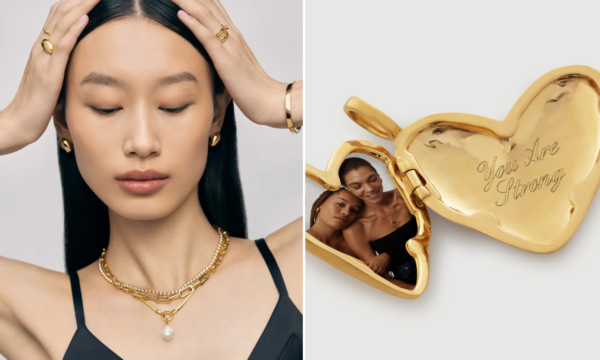
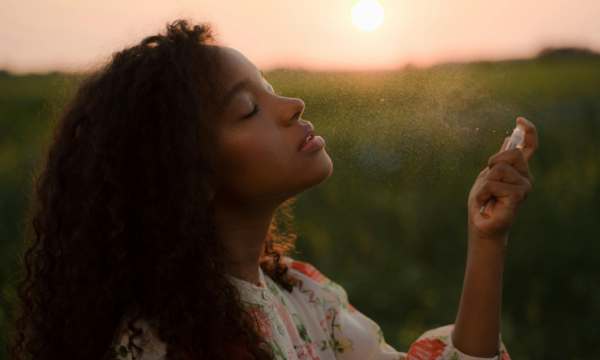



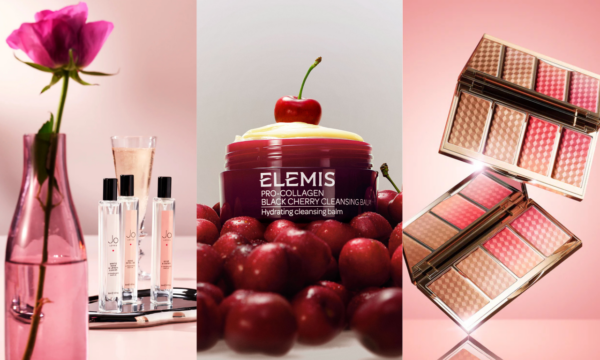
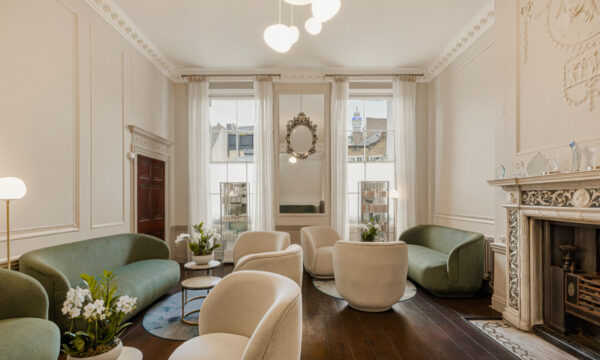














Facebook
Twitter
Instagram
YouTube
RSS